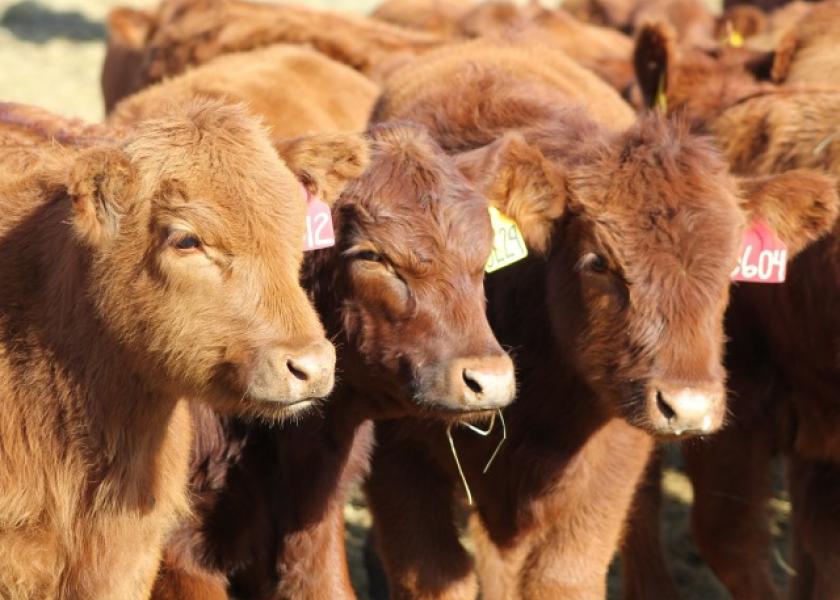Preconditioning Calves: Can it Add Value to You as Cow-Calf Producer?

Producers have a few options for their calves after weaning.
By: Meredith Bremer, Nebraska Extension Educator
Weaning time is just around the corner and cow-calf producers are now faced with the decision of calf placement after weaning. Producers have a few options for their calves after weaning. Calves can be sold immediately after weaning, they can undergo a preconditioning period before sale, they can be retained as long or short yearlings and then sold, or they can enter a feedlot with retained ownership.
A preconditioning program is a period of time, typically a minimum of 45 days, in which a cow-calf producer will work to build the health status of the weaned calf prior to sale. Calves are also “bunk broke” during this time and acclimated to a dry feed diet. If calves are sold at the sale barn, sold via an internet auction, or sold to the same feedlot each year, premiums may be awarded to those producers who precondition their calves. Before a producer begins a preconditioning program the economics of the program need to be evaluated carefully.
Two potential gains associated with preconditioning are added premiums at calf sale and added calf weight. Some costs associated with preconditioning programs include: labor, vaccinations, death loss, additional feed costs, and interest expenses on borrowed money. Two additional factors to consider are, the seasonal patterns of the cattle market and the price slide on increased calf weights.
A preconditioning program is not for every cow-calf producer. Not only should the factors stated above be considered, but producers have to determine how a 45 day retention of calves will affect their grazing program, if they have the proper facilities to feed calves and bunk break them, and if they have the extra time and labor to dedicate to the weaned calves. As an industry the need to better prepare calves for the feedlot in terms of stress, health, and getting cattle ready to eat a concentrated diet is a must. If more calves are “feedlot ready” the beef industry will see improved cattle health and feedlot performance while potentially reducing the use of antibiotics.







